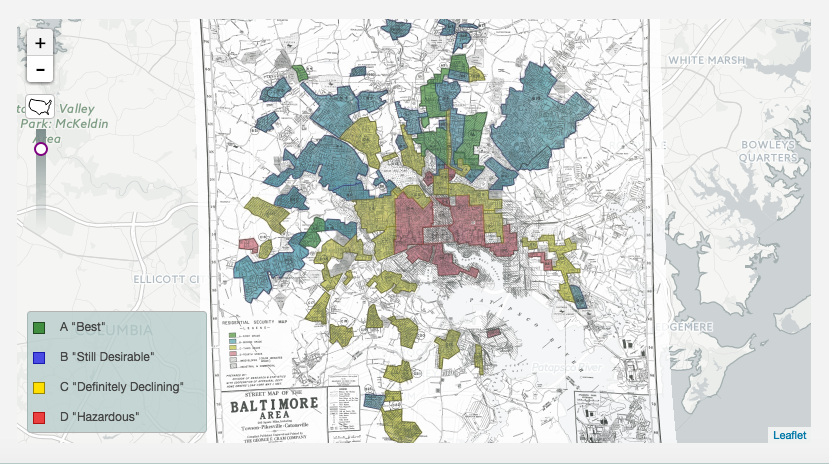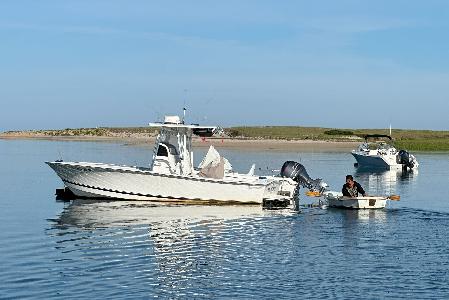Maps that detail the contours and boundaries of housing discrimination during the Great Depression were among National Geographic’s Best Maps of the Year.
Johns Hopkins historian N.D.B. Connolly was one of the academics behind “Mapping Inequality,” according to the JHU Hub, as one of a group of professors from four universities that brought maps from the National Archives online. A team from the University of Maryland’s Digital Curation Innovation Center led by Richard Marciano also played a big role.
See the maps
The project collects hundreds of maps from the federal Home Owners’ Loan Corporation, showing redlining in the 1930s in cities like Baltimore. Real estate agents that rated investment risk of a given neighborhood using the presence of ethnic and racial groups among the criteria. This made it very difficult for people in minority neighborhoods to take out loans for a home.
“It’s a troubling legacy that’s now more open to study by academic and amateur historians alike,” National Geographic’s Greg Miller writes.
Before you go...
Please consider supporting Technical.ly to keep our independent journalism strong. Unlike most business-focused media outlets, we don’t have a paywall. Instead, we count on your personal and organizational support.
3 ways to support our work:- Contribute to the Journalism Fund. Charitable giving ensures our information remains free and accessible for residents to discover workforce programs and entrepreneurship pathways. This includes philanthropic grants and individual tax-deductible donations from readers like you.
- Use our Preferred Partners. Our directory of vetted providers offers high-quality recommendations for services our readers need, and each referral supports our journalism.
- Use our services. If you need entrepreneurs and tech leaders to buy your services, are seeking technologists to hire or want more professionals to know about your ecosystem, Technical.ly has the biggest and most engaged audience in the mid-Atlantic. We help companies tell their stories and answer big questions to meet and serve our community.
Join our growing Slack community
Join 5,000 tech professionals and entrepreneurs in our community Slack today!






